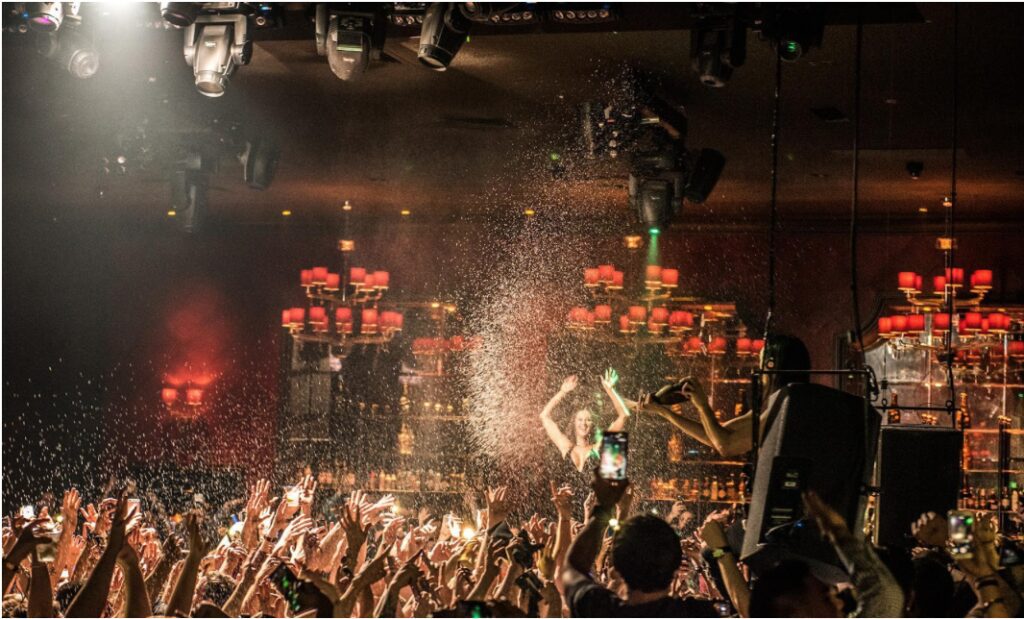Have you ever done something, whether it was listening to a new artist on Spotify or buying some cool kicks, because a friend recommended it?
You’re not alone.
Nowadays, millennials place a greater emphasis on the opinions of others who share similar views and experiences as themselves. According to a study by Nielsen, over 92% of all consumers trust their peers for recommendation above all other forms of advertisement.
For this reason, brands have begun integrating strategies that focus more on the impact of influencer (peer-to-peer) marketing via social media and in-person interactions rather than traditional television ads. This marketing strategy, commonly referred to as ‘peer-to-peer marketing,’ has become integral to the success of many brands. While traditional ads are still prevalent, their purpose only encompasses bringing awareness to new products and services. Traditional advertisements don’t drive as much revenue for a brand as they used to because consumers prefer to trust recommendations from friends.
The authenticity and approachability in their communication with peers allows micro-influencers—an influencer with a smaller but more loyal following—to create a ‘people like me’ factor, making them more relatable to a brand’s audience. As they become the new faces of digital marketing, micro-influencers are able to reach a wider audience in ways other forms of advertising such as banner ads simply can’t.
When we see our friends, family members, and even co-workers talking about how great the new features are on the iPhone 7, we are inclined to purchase it ourselves as a way of retaining that sense of connectedness with those around us. SocialLadder, for example, uses this peer marketing technique in its challenges by having micro-influencers share things such as posts, videos or even their favorite memory of an event on Instagram, Facebook, and Twitter with friends. With this, they are able to bring more attention to an upcoming event and, by extension, the brand promoting the event, leading to more ticket sales.
Disco Donnie Presents, one of the leading electronic dance music promotion companies that worked closely with SocialLadder on promotion efforts for Sunset, Sun City and Something Wicked this past year, was able to successfully incorporate peer-to-peermarketing strategies to increase its revenue and presence in the social sphere.
Fans of the company signed up to become ambassadors and helped generate over 28.5 million impressions and sell over 8,900 tickets without offering any discounts. On Instagram alone, ambassadors generated more than 2,000 unique pieces of content that reached 8.25 million people. By having individuals complete challenges—over 18,500 social posts generated by ambassadors on Facebook, Twitter and Instagram—Disco Donnie Presents was able to generate millions of additional value in just a few short weeks.
As you can see, micro-influencers are rapidly driving up revenue for brands by acting as their ambassadors and promoting products or services to their friends, family members, and co-workers. Successful brands have thus looked to social media to better connect with their consumer base and drive up overall gross revenue. If a brand hopes to continue its success or drive up its more revenue, it will have to take the necessary steps to ensure it incorporates some level of peer-to-peer marketing in its campaign.
For more marketing tips, click here or subscribe to our blog!
Mirayda Martínez is an intern at SocialLadder. She is currently pursuing a Bachelor’s Degree in Economics and Computer Science at Swarthmore College, as part of the class of 2020, and is a member of the the Swarthmore Track & Field team. She loves going to parks and petting any and all kinds of dogs, as well as rock climbing.






